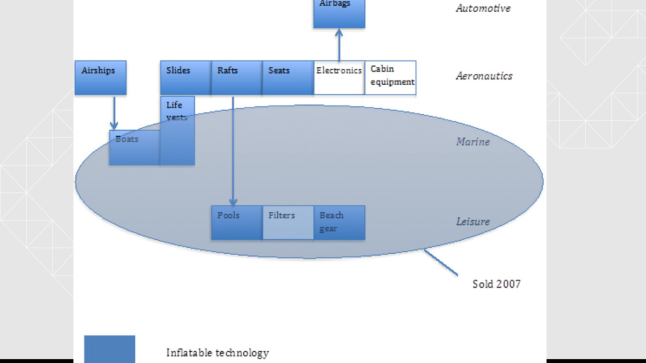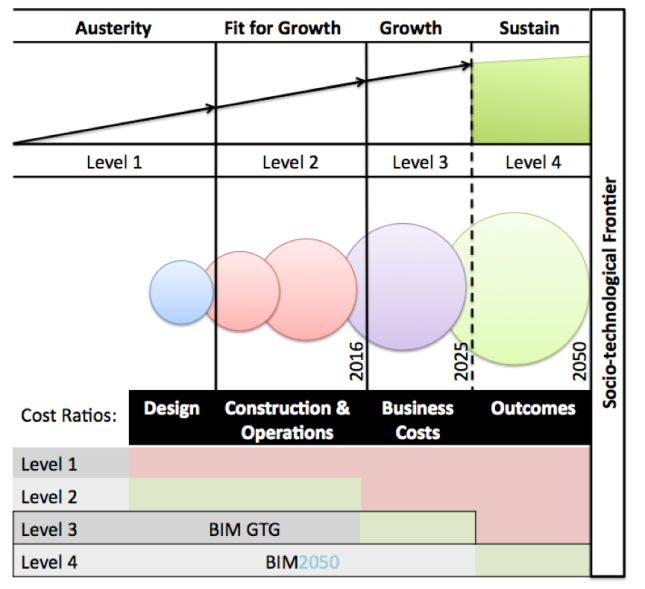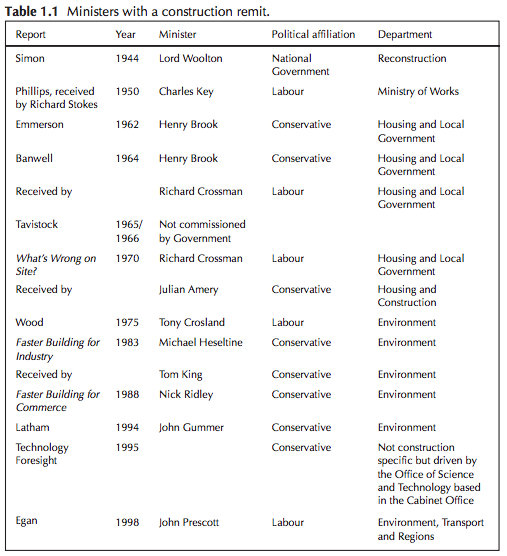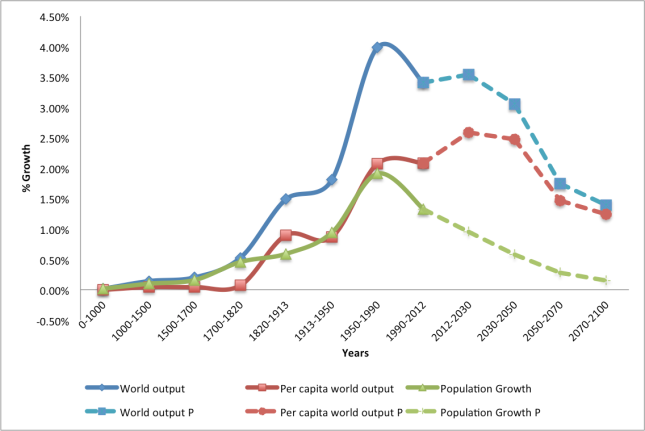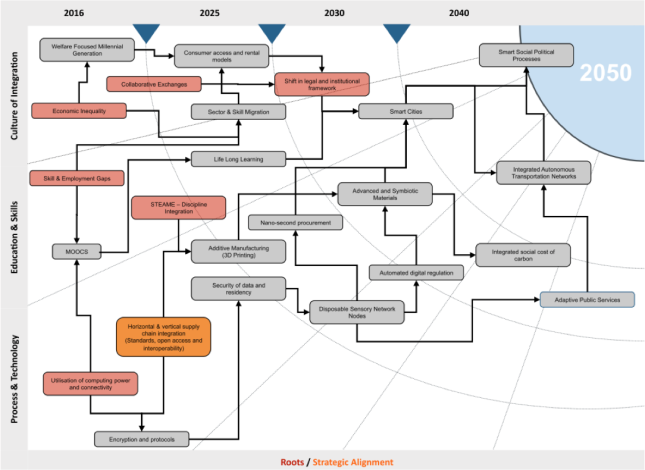
Don’t need to be a star engineer. #4IR
I’ve been looking back at the history of Industrial Revolutions… (Hi by the way, it’s been a while).
My first tangent is to apologise for the absence:
new born baby + new born organisation (dotBuiltE) + research synthesis + shift in working pattern = less opportunity to write
Plus, i’ve decided to fill my spare time learning the Coursera Machine Learning course from Stanford by Andrew Ng. If you have done it or are currently enrolled, I’d like to hear from you!
Back to the Industrial Revolution, turns out we are on our 4th! This has led me to look at the past to see what there is to learn from these previous phases.
First off, I stumbled across an economic historian called Joel Mokyr, he has written many articles and books on this subject. What caught my eye was a book The British Industrial Revolution, An Economic Perspective where he points out that the revolution wasn’t down to our genus engineers! (Although I’d argue that they has something to do with it), he explained it was our higher level of education and culture of tinkerers.
This led me to a paper called The British Industrial Revolution in Global Perspective: How Commerce Created The Industrial Revolution by Allen (2006). Allen compares 18th century France and Britain and analyses the subtle differences in indsutry that made one of them an economic success.
Focusing on the textile indsutry. Despite operating the in the same competitive environment as Britain against India and Africa , France failed to invent mechanised spinning. Nor did they adopt it once the British invented it and made it freely available!
This was not for a lack of capability and understanding, nor was it a lack of support. The French government went as far as subsidising the use of the machinery. Whilst 20,000 jennies were in use in England, there was only 900 in operation in France. In the 1780s there were 150 large scale mills compared to only 4 French mills.
Why didn’t mechanisation sweep through France?
A 60 spindle jenny cost 280 livre tournois in 1790, costing nearly a years worth of labour cost (373 days), whilst in England the jenny cost 140 shillings equating to 140 days of labour. In short, the jenny in France was not worth the extra capital cost.
This was further compounded by the introduction of Arkwright’s water frame, which was more capital intensive than a jenny. This saw England’s production take flight as France fell further behind.
Why was this? (the clue was 2 paragraphs ago)
Higher wages generated the incentive to mechanise, England had a high wage economy.
The jobs that higher levels of trade, manufacturing and commerce required skills that agriculture did not need or offer. This generated the growth in urbanisation and the difference of literacy skills between the countryside and cities that we still see today.
Lets also keep in mind that inventions such as the printing press sharply reduced the price books and generated a higher capacity for learning and effective teaching prior to this moment in history. The boost in numeracy had more to do with the navigation tools required to manage the level of trade than the scientific process alone!
The lesson I learnt from this is that if we want to mechanise construction to be safer, more efficient and higher quality we all need to go and ask for 10/20% pay rises!!
Or at least stop making a race to the bottom on labour rates. At this moment in time, we are not in the same position for the 4th Industrial Revolution as we were for the first. We need to rethink how our indsutry is paid!
There is hope, where the printing press accelerated learning prior to the first industrial revolution. Today we have the internet and via world leading universities sharing their course content online for free. I think our 4th Revolution is going to fly regardless of your geography.
